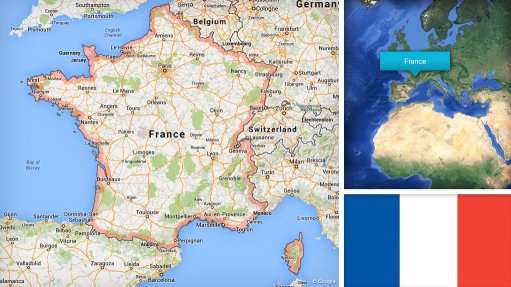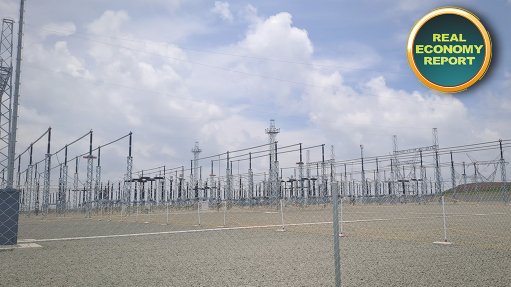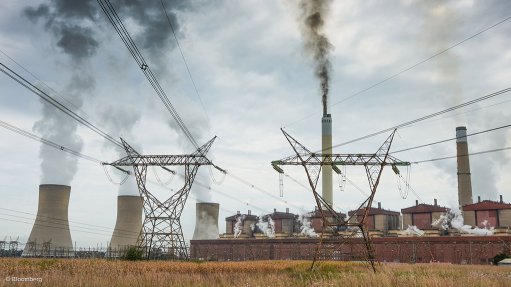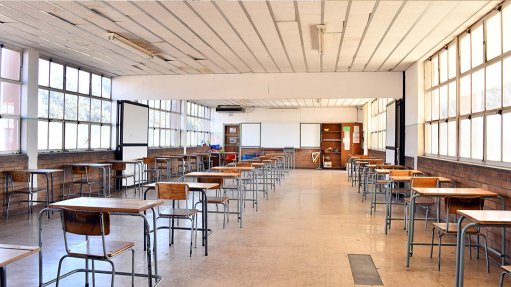Arguments for nuclear energy
When I worked for State-owned power utility Eskom, I gave up trying to explain to people how power systems work. Right now I am hard practising my ignoring skills in the debate over whether or not we need nuclear power, or whether or not wind power is good. But before I do this, before I drop the subject forever, I am going to write down the truth of the matter as seen from the view of a one-time Eskom systems operations engineer. Here are some facts.
Wind power is intermittent. Nobody thinks it is not. There is ongoing debate as to whether wind turbines can deliver 30% or 20% of their nameplate power. This hardly matters. The point is that, for at least 70% of the time, they cannot be relied on to produce full power. Thus, in power system planning, one has to cater for this.
The argument that “the wind is always blowing somewhere” is rubbish. In a recent paper, an examination of the British wind power generation sector showed that it can drop by 100% in the space of no less than one hour up to three times a year. Thus, wind power needs to be backed up.
The Council for Scientific and Industrial Research has stated that it is “testing supplying a theoretical baseload of 8 000 MW using a mix of solar photovoltaic (6 000 MW), wind (16 000 MW) and 8 000 MW flexible power”. This is a bit like saying we should have a power system that works on burning cornflakes which, together with a hydroelectric plant and a coal plant, can supply baseload power. Forget the cornflakes and the result is the same.
But there is nothing wrong with wind power. It must just be regarded as a negative load, like a reduction in power consumption on a public holiday. In my view, wind turbines mess up the view, but then so do 765 kV power lines. Wind turbines do kill birds, but then so do 765 kV power lines.
Moving onto the South African power system: the bulk of South African generation is about 600 km from the coast. Thus, the bulk of the power consumed at the coast (Cape Town, Port Elizabeth, Durban and Richards Bay) has to be transmitted there by power lines. There is a limited amount of electricity that can be transmitted by a power line if it is an alternating current (ac) power line, as most are. If the power line is a direct current (dc) power line, like that from the Cahora Bassa dam, in Mozambique, you can transmit pretty much as much as you wish. Dc power lines, however, are hellishly expensive because of the cost of the conversion equipment – ac to dc at one end and dc to ac at the receiving end.
Thus, we cannot continue to indefinitely supply the coastal load by ac power lines from the highveld to the coast. We could build a coal-fired power station on the coast but then we have to send the coal there by train, which itself consumes energy. This makes the idea patently ridiculous.
So, we have to have generation capacity on the coast. We already have some in the form of Koeberg and two gas turbine stations which run on diesel. We could build more gas-turbine stations, but these drink diesel at a rate similar to a Natal graduate at a beer fest. Consequently, a gas-turbine station is very expensive to run – about an order of magnitude more expensive than a coal station.
The arguments for nuclear are that it can be on the coast and will run forever. The nuclear waste is hardly an issue. Over 40 years, it will hardly accumulate to a volume of more than three rugby fields 20 m deep. What our children will do with it is what we did to the cyanide- laced mine dumps in Johannesburg 60 years after they were created.
There is an argument that we should follow the world in reducing nuclear power, as Germany or the UK have done. The fact of the matter is that the European countries are all interlinked and so, if you choose to drop nuclear power, you can just buy any additional power from the country next door.
I hope this explains some issues and I will not write about these again.
Article Enquiry
Email Article
Save Article
Feedback
To advertise email advertising@creamermedia.co.za or click here
Comments
Press Office
Announcements
What's On
Subscribe to improve your user experience...
Option 1 (equivalent of R125 a month):
Receive a weekly copy of Creamer Media's Engineering News & Mining Weekly magazine
(print copy for those in South Africa and e-magazine for those outside of South Africa)
Receive daily email newsletters
Access to full search results
Access archive of magazine back copies
Access to Projects in Progress
Access to ONE Research Report of your choice in PDF format
Option 2 (equivalent of R375 a month):
All benefits from Option 1
PLUS
Access to Creamer Media's Research Channel Africa for ALL Research Reports, in PDF format, on various industrial and mining sectors
including Electricity; Water; Energy Transition; Hydrogen; Roads, Rail and Ports; Coal; Gold; Platinum; Battery Metals; etc.
Already a subscriber?
Forgotten your password?
Receive weekly copy of Creamer Media's Engineering News & Mining Weekly magazine (print copy for those in South Africa and e-magazine for those outside of South Africa)
➕
Recieve daily email newsletters
➕
Access to full search results
➕
Access archive of magazine back copies
➕
Access to Projects in Progress
➕
Access to ONE Research Report of your choice in PDF format
RESEARCH CHANNEL AFRICA
R4500 (equivalent of R375 a month)
SUBSCRIBEAll benefits from Option 1
➕
Access to Creamer Media's Research Channel Africa for ALL Research Reports on various industrial and mining sectors, in PDF format, including on:
Electricity
➕
Water
➕
Energy Transition
➕
Hydrogen
➕
Roads, Rail and Ports
➕
Coal
➕
Gold
➕
Platinum
➕
Battery Metals
➕
etc.
Receive all benefits from Option 1 or Option 2 delivered to numerous people at your company
➕
Multiple User names and Passwords for simultaneous log-ins
➕
Intranet integration access to all in your organisation

















